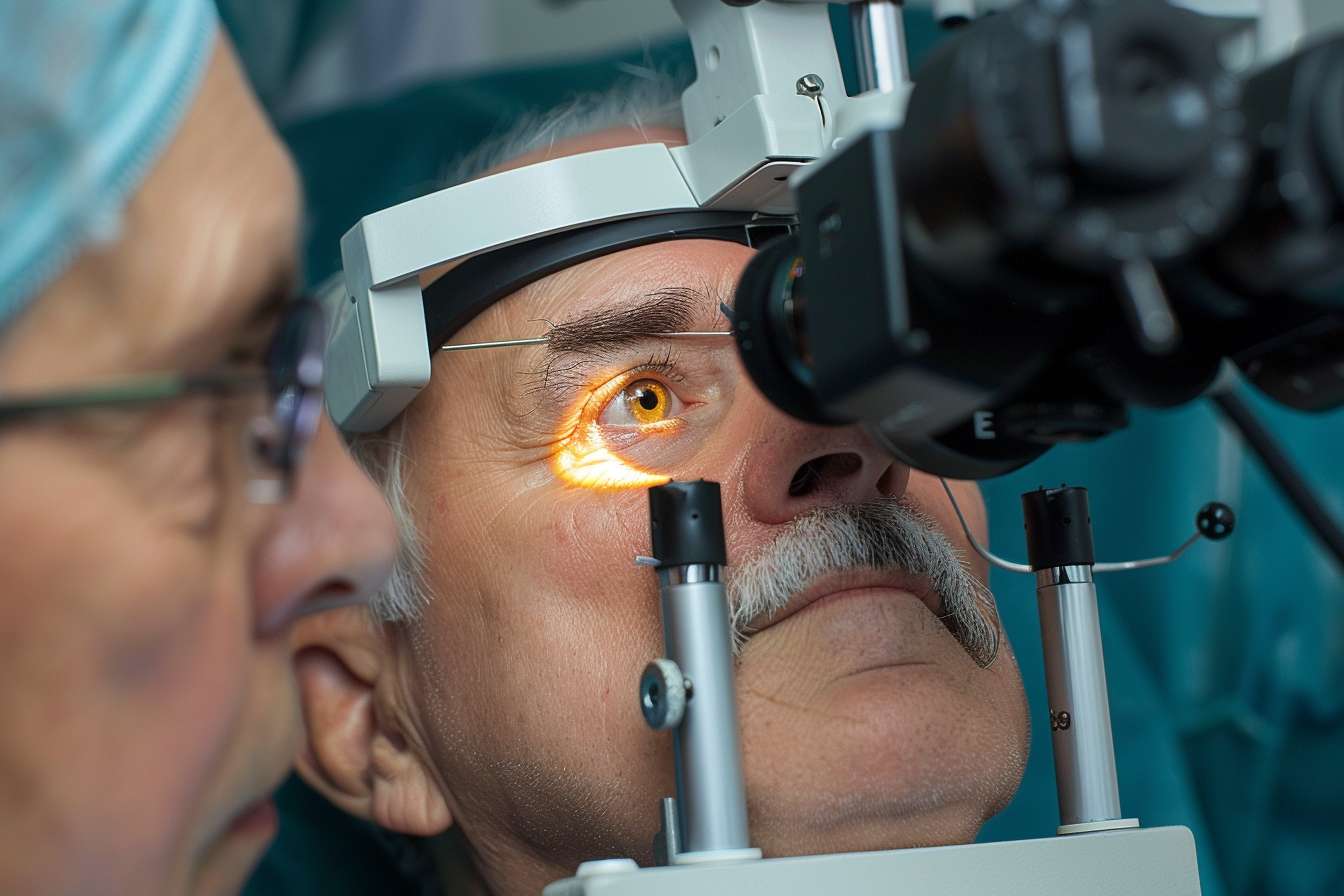Modern Eye Surgery: Advanced Techniques and Cost Considerations
Cataracts affect millions of people worldwide, causing cloudy vision that can significantly impact daily life. Modern cataract surgery has evolved into a highly successful procedure with advanced techniques that restore clear vision for most patients. Understanding the latest surgical approaches, associated costs, and what to expect during treatment helps patients make informed decisions about their eye health and vision restoration options.

Cataracts develop when the natural lens of the eye becomes cloudy, typically due to aging, though other factors like diabetes, smoking, or eye injuries can contribute. The condition gradually worsens over time, making everyday activities like reading, driving, or recognizing faces increasingly difficult. Fortunately, cataract surgery represents one of the most successful medical procedures performed today, with success rates exceeding 95% in restoring functional vision.
Clear Vision Again: Discover the Latest Advances in Cataract Surgery
Modern cataract surgery has transformed dramatically over recent decades. The current standard procedure, called phacoemulsification, uses ultrasonic energy to break up the cloudy lens into tiny fragments that are then removed through a small incision. Surgeons replace the natural lens with an artificial intraocular lens (IOL) specifically chosen for each patient’s visual needs. Advanced IOLs now include multifocal lenses that can correct both distance and near vision, toric lenses for astigmatism correction, and premium lenses that filter blue light. Laser-assisted cataract surgery represents another significant advancement, offering enhanced precision in lens fragmentation and incision placement. These technological improvements have reduced surgery time to approximately 15-20 minutes per eye while improving visual outcomes and reducing recovery periods.
Private Eye Surgery: Factors That Affect Cataract Treatment Costs
Several factors influence the total cost of cataract surgery in Sweden’s private healthcare system. The type of intraocular lens selected significantly impacts pricing, with basic monofocal lenses costing less than premium multifocal or toric lenses. Surgical technique also affects costs, as laser-assisted procedures typically command higher fees than traditional phacoemulsification. The surgeon’s experience and reputation, facility location, and included services like pre-operative consultations and post-operative care contribute to overall expenses. Additional factors include anesthesia type, whether both eyes require surgery, and any complications that might arise. Patients with complex cases, such as those with previous eye surgeries or certain medical conditions, may face higher costs due to increased surgical complexity and extended procedure times.
Private Cataract Surgery: Costs, Factors and Considerations
Private cataract surgery in Sweden offers shorter waiting times and enhanced lens options compared to public healthcare. Understanding the financial investment helps patients plan appropriately for this vision-restoring procedure.
| Provider Type | Basic Surgery Cost | Premium Lens Surgery | Additional Services |
|---|---|---|---|
| Private Eye Clinics | 25,000-35,000 SEK | 40,000-60,000 SEK | Consultation, Follow-up |
| Hospital Private Units | 30,000-40,000 SEK | 45,000-65,000 SEK | Full Care Package |
| Specialized Centers | 28,000-38,000 SEK | 42,000-58,000 SEK | Advanced Diagnostics |
Prices, rates, or cost estimates mentioned in this article are based on the latest available information but may change over time. Independent research is advised before making financial decisions.
When considering private cataract surgery, patients should evaluate the total package including pre-operative assessments, surgical fees, lens costs, anesthesia, facility charges, and post-operative care. Many providers offer financing options or payment plans to help manage expenses. Insurance coverage varies significantly, with some policies covering basic procedures while excluding premium lens upgrades. Patients should verify coverage details with their insurance providers before scheduling surgery.
Recovery from cataract surgery typically progresses smoothly, with most patients experiencing improved vision within days. Initial restrictions include avoiding heavy lifting, swimming, and rubbing the eye for several weeks. Eye drops prescribed after surgery help prevent infection and reduce inflammation. Follow-up appointments monitor healing progress and address any concerns. Most patients return to normal activities within a week, though complete healing takes several months. The second eye, if affected, usually undergoes surgery a few weeks after the first to allow proper healing and vision stabilization.
Cataract surgery success depends on realistic expectations and proper candidate selection. While the procedure effectively removes cataracts and often reduces dependence on glasses, it cannot address all vision problems or prevent age-related eye conditions like macular degeneration or glaucoma. Patients with realistic expectations and good overall eye health typically achieve the most satisfying outcomes. Consulting with experienced ophthalmologists helps determine candidacy and select appropriate treatment options.
This article is for informational purposes only and should not be considered medical advice. Please consult a qualified healthcare professional for personalized guidance and treatment.




